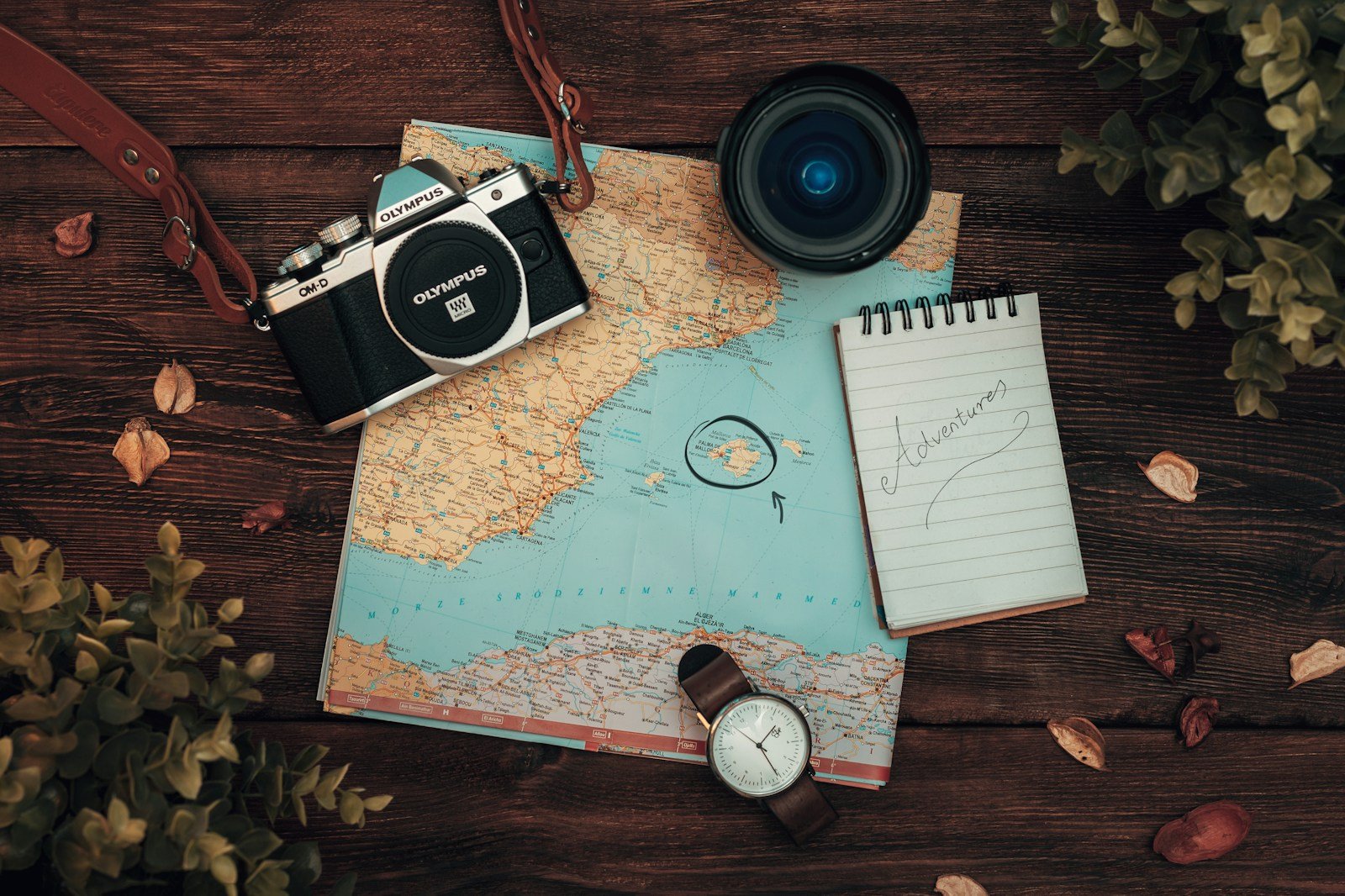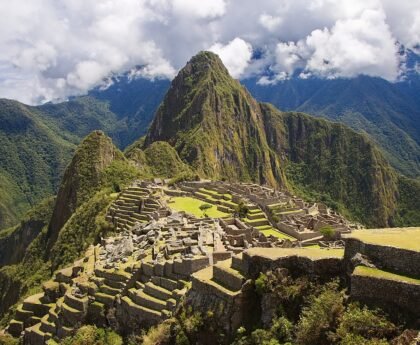Travel is changing. For years, many of us packed as much as possible into each trip—racing between landmarks, snapping photos at every stop, and checking boxes off long bucket lists. But more and more, a new way of traveling is taking hold. It is slower, deeper, and more intentional. Instead of rushing, travelers are choosing to immerse themselves in fewer places, savoring experiences instead of schedules. This is the movement of slow travel.
At its heart, slow travel is about shifting the focus from distance to depth. It is about spending more time in one neighborhood, one village, or one city—finding joy in everyday life there rather than sprinting to the next stop. You might wander through a local market, linger in a café, or discover a hidden courtyard that never makes it into glossy guidebooks. In other words, you live the place, not just visit it.
The rise of this movement is being fueled by many forces: eco-consciousness, remote work flexibility, and the desire for authentic connection. But most of all, it is fueled by our collective craving for meaning. After years of fast-paced travel trends, people are realizing that sometimes less truly is more.
The Roots of the Slow Travel Movement
The idea of slowing down is not new. For centuries, travel was naturally slow—ships, horses, and long walks defined the pace. What was new in the last hundred years was speed: airplanes, express trains, and organized tours promised to cover more ground in less time. The faster we moved, the more we believed we were seeing.
But fast travel often came with trade-offs. Days blurred together. Local life became a backdrop. Environmental footprints grew heavier. And many travelers returned home exhausted, needing recovery from their vacations.
Slow travel emerged as an answer to this fatigue. It emphasizes immersion over motion. Instead of rushing to ten cities in ten days, slow travelers might spend ten days in one city, learning its rhythms and stories. They rent apartments instead of booking hotels. They shop at farmers’ markets instead of tourist hubs. They choose walking or cycling over car rides, not only for sustainability but for the chance to notice small details along the way.
Another root is environmental awareness. Air travel and rapid tourism leave heavy carbon marks. By staying longer in one place and traveling less between destinations, slow travelers reduce emissions. Eco-conscious choices—like farm-to-table dining, public transit, and longer stays—help make tourism more sustainable for local communities and the planet alike.
Finally, the growth of remote work has made slow travel practical. If you can take your laptop with you, you no longer need to squeeze your trip into a rushed week off. You can settle in for a month or more, blending work with exploration. This has turned the dream of “living like a local” into a reality for many.
Experiences Over Itineraries
One of the most powerful shifts in slow travel is how we plan. Instead of rigid schedules, slow travelers focus on open-ended experiences. The itinerary becomes lighter, more flexible. The goal is not to see everything, but to feel connected to something.
This often begins with food. Markets, bakeries, and small restaurants become the classroom of culture. A morning spent talking with a farmer or tasting local bread reveals as much about a place as any museum tour. Farm-to-table dining connects us with not just what people eat, but how they live.
Neighborhood cafés are another anchor. By visiting the same café for several days, travelers move from stranger to familiar face. A barista remembers your order. You watch locals greet each other. The café becomes a window into community life.
Hidden corners also define slow travel. These are the alleys, courtyards, or small parks that never appear in brochures. You stumble upon them only because you were not rushing to the next stop. These quiet discoveries often linger longest in memory.
Even social media has adapted. Influencers now highlight cozy rentals, scenic workspaces, and everyday rituals instead of only glossy landmarks. A photo of a market stall or a handwritten menu speaks to the richness of lived experience. “Living like a local” has become a badge of authenticity.
Slow travel also invites a new rhythm of days. Instead of alarms and packed tours, you wake without hurry. Maybe you walk to the bakery, write in your journal, then wander without a map. That freedom creates space for serendipity—for the unexpected conversation, the spontaneous festival, the street musician you would have missed if you rushed by.
Why Depth Matters More Than Distance
The true value of slow travel lies in connection. When you stay longer, you notice more. You start to recognize faces, rhythms, and traditions. A place becomes less of a backdrop and more of a relationship.
Depth also fosters understanding. Tourism can sometimes reduce cultures to snapshots or stereotypes. But by immersing yourself, you see the nuances. You learn phrases of the local language. You see how history shapes daily life. You realize that a destination is not just a postcard, but a living community with struggles, joys, and pride.
This kind of travel leaves a lighter footprint on the places we visit. Instead of overwhelming communities with short-term crowds, slow travelers blend in and contribute gradually. Local businesses benefit when visitors rent apartments, buy from markets, and return to cafés over and over. Tourism shifts from extraction to exchange.
On a personal level, slow travel restores balance. It transforms trips from marathons into retreats. You return home not drained, but enriched. You carry stories instead of checklists, relationships instead of rushed photos. And those stories stay with you far longer than a fleeting snapshot.
Perhaps most importantly, slow travel changes our idea of distance itself. You do not need to cross oceans to feel wonder. Sometimes depth can be found a short train ride away. By embracing slowness, we rediscover the richness of nearby places as much as faraway ones.
Embracing the Journey at a Human Pace
Slow travel is more than a style. It is a mindset. It tells us that travel is not about how far we go, but how deeply we connect. It reminds us that meaning comes from presence, not pace.
As more travelers choose experiences over itineraries, we may find that journeys become less about escape and more about belonging. And in that shift, both travelers and communities gain something richer than a souvenir. They gain a shared sense of humanity, discovered at a pace that feels natural, lasting, and real.
In the end, slow travel teaches us that the best journeys are not measured in miles, but in moments lived fully.



